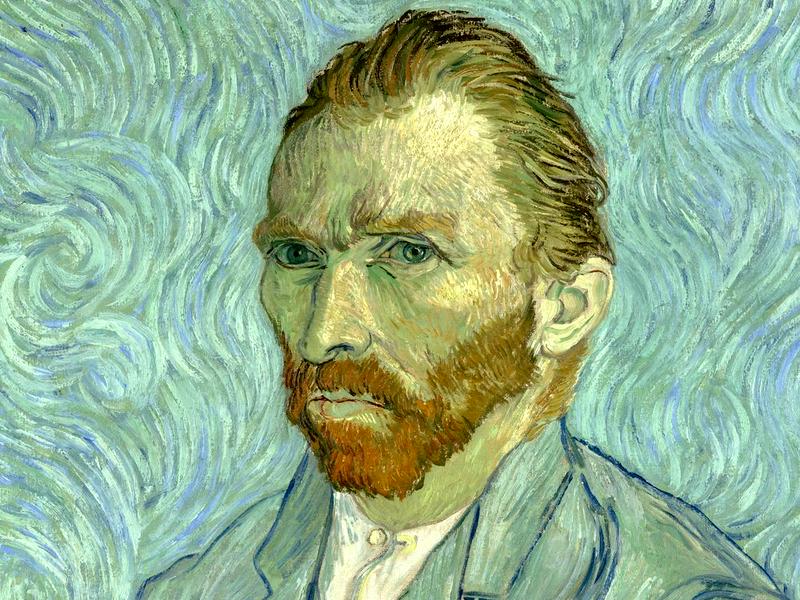Vincent Van Gogh, The Starving Artist
By | March 8, 2019

One of the most well-known painters of all time, Vincent Van Gogh was the epitome of the starving artist. He suffered from illness, both mental and physical, and had difficulty maintaining social relationships. As a result, he struggled financially and died without ever getting married or having children.
He was born in the village of Groot-Zundert in the Netherlands, on March 30, 1853, to Reverend Theodorus van Gogh and Anna Cornelia Carbentus. Exactly one year prior to his birth, his parents’ first son, had been stillborn. That child had also been named Vincent and many believe that the sight of his own name and birthdate on his brother’s gravestone may have contributed to his depression as an adult. He was the eldest of six children – two brothers and four sisters. His closest relationship was with his brother Theo, who would be his biggest supporter in his artistic endeavors.
As a child, Van Gogh did not display any extraordinary artistic talent. However, his uncle owned an art dealership and, due to his family financial hardship, he left school at the age of fifteen and went to work for his uncle. The following year, Theo also came to work at the dealership. After being transferred to the Goupil Gallery in London, Van Gogh became fascinated with English culture, including its art and literature. Around the same time, he fell in love with Eugenie Loyer. After she rejected him, he lost all interest in art and instead threw himself into religion, losing his job at the beginning of 1876.

It was at this point that Van Gogh decided to follow in his father’s footsteps. With the financial support of his parents, he began studying for the entrance exam to the School of Theology in Amsterdam. He was denied entrance after refusing to take the Latin exams and instead moved to a coal mining region in Belgium, where he ministered to the miners and earned the nickname, “Christ of the Coal Mines.” However, his fanatical lifestyle eventually led to the evangelical committees refusing to renew his contract. As a result, Van Gogh had no choice but to rethink his occupation.
He returned to the art scene, no longer as an art dealer but as an artist. His parents were not supportive of his new career path so it was left to Theo to take financial responsibility for him. At first, Van Gogh showed little promise. In 1880, he moved to Brussels to study at the academy. He left after nine months, briefly moving in with his parents before moving to The Hague near the end of 1881, all the while continuing to work on his drawing. In 1883, he once again moved in with his parents who were living in Nuenen. It was here that he turned his interest to painting.

In 1885, he produced what is considered to be his first masterpiece, "The Potato Eaters." The following year, he moved in with Theo, who was living in Paris. Here Van Gogh was exposed to the recent work of the Impressionists, including Monet, Cezanne, and Manet, as well as the post-impressionist Paul Gauguin. Here he matured as an artist and began to develop his own style. He also made friends in the art world and had hopes of creating a community of artists living and working together. However, those hopes were extinguished near the end of 1888 when he began exhibiting symptoms of a type of epilepsy which included delusions and psychotic attacks. During one of these attacks, Van Gogh cut off his left earlobe.

He was admitted to the Saint-Paul-de-Mausole asylum in Saint-Remy in April 1889. During his stay there, he painted his most famous work, Starry Night, and it was shown at an exhibit in Brussels. He left the asylum in May of 1890 and rented a room in the village of Auvers-sur-Oise, under the care of Dr. Paul Gachet. On July 27, 1890, Van Gogh shot himself in the chest. He was taken to a nearby hospital. The doctors called Theo, who took Van Gogh home at his request. Van Gogh died two days later at the age of thirty-seven. Theo died six months later.


